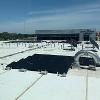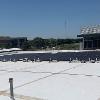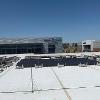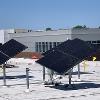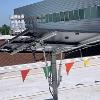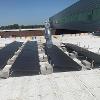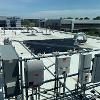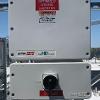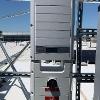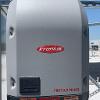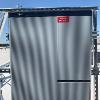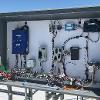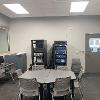Microgrid @ Wichita State
|
Evergy has partnered with Wichita State to develop a Renewable Energy Lab. The grant from Eevery provides real-time data from solar PVs and a substation for research and education at Wichita State. The solar PV system includes eight different configurations of solar panels and 1-minute averaged data real from solar panels and the weather station. PMU data from substation along with a twin relay system in the lab will not only provide data but also will provide the necessary tools for hardware in the loop virtual microgrid. A schematic diagram of the solar system at Wichita State with eight configurations are shown in the figure. |
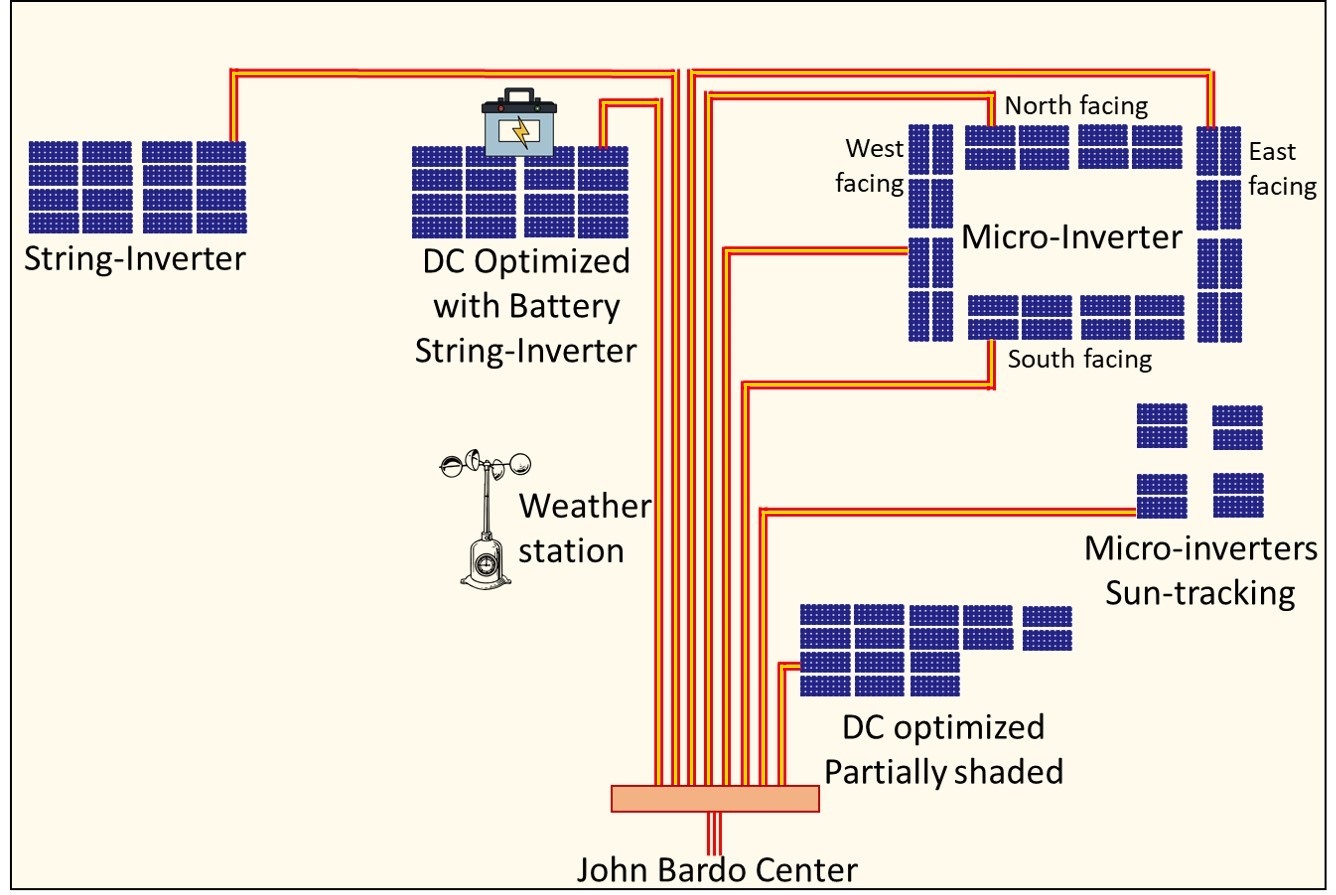 |
Gallery
June 12, 2020 - Solar PV Training from King Solar
Solar PV System Details
- Array 1: Standard string-inverter with 3.8kW solar generation capacity. Two strings of panels with separate maximum power point trackers for optional azimuth variation
- Array 2: Optimized string inverter with battery. Total installed solar generation capacity is 3.8 kW. Inverter is capable of demand response & load shifting. Installed capacity of the lithium battery is 9.8 kWh.
- Array 3: North facing solar array with micro-inverter. Total installed solar generation capacity is 1.9 kW. All eight solar modules are mounted at a nominal 0-degree azimuth angle.
- Array 4: East facing solar array with micro-inverter. Total installed solar generation capacity is 1.9 kW. All eight solar modules are mounted at a nominal 90-degree azimuth angle.
- Array 5: South facing solar array with micro-inverter. Total installed solar generation capacity is 1.9 kW. All eight solar modules are mounted at a nominal 180-degree azimuth angle.
- Array 6: West facing solar array with micro-inverter. Total installed solar generation capacity is 1.9 kW. All eight solar modules are mounted at a nominal 270-degree azimuth angle.
- Array 7: Dual axis solar trackers with micro-inverters. Total installed solar generation capacity is 1.9 kW. Four tracker each with two modules.
- Array 8: Partially shaded optimized string inverter. Total installed solar generation capacity is 3.8 kW. Shadows from building and an exhaust partially shade the solar panels, at different times in a year.



